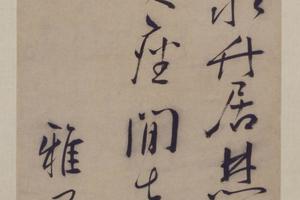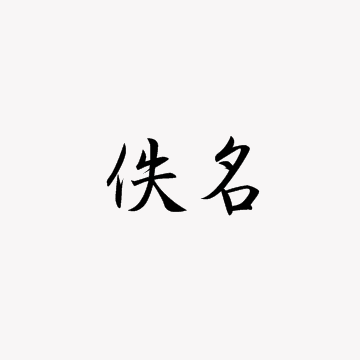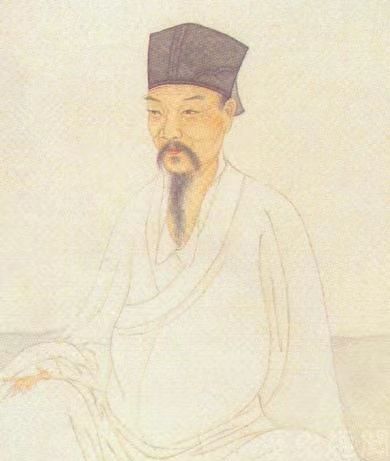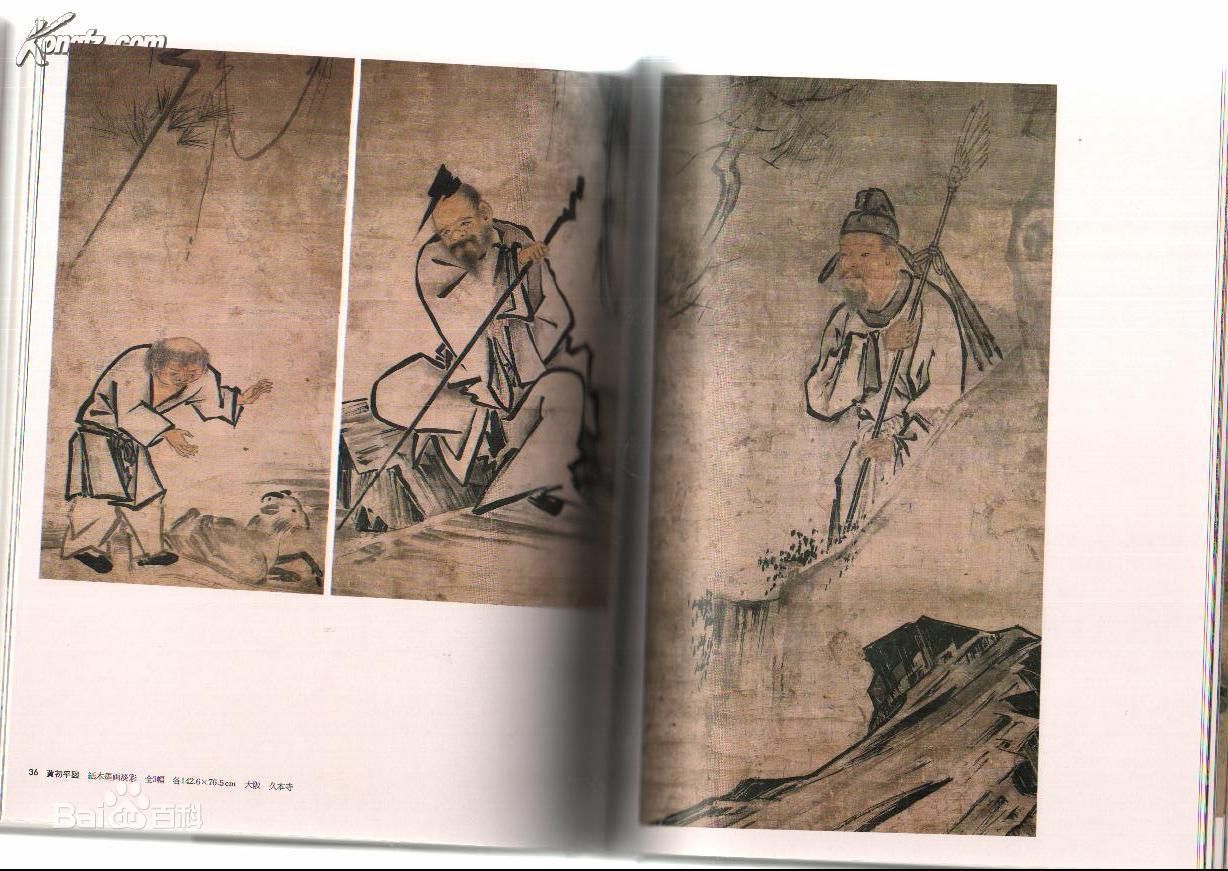找回密码
验证码错误或已过期
王宠
真行草书(十)册 乐毅论兰亭王献之帖出师颂麻姑坛阴符经谢庄书三帖01

真行草书(十)册 乐毅论兰亭王献之帖出师颂麻姑坛阴符经谢庄书三帖01
-
作者
-
分类未分类
-
创作年代
真行草书(十)册 乐毅论兰亭王献之帖出师颂麻姑坛阴符经谢庄书三帖01 简介
27.7x32.5,,,,台北故宫博物院。参考资料:石渠宝笈三编(延春阁),第四册,页1940-1942
参考资料:故宫书画录(卷三),第一册,页81-84
参考资料:王宠(一四九四——一五三三),字履仁、履吉,号雅宜山人,苏州吴县人。博学多才,诗文书画皆精,虽然英年早逝,书法已能建立独特风格。与祝允明、文征明同被誉为「吴中三家」。〈乐毅论〉是三国时期魏夏侯玄撰写的一篇文章,叙述战国时代燕国名将乐毅及其征讨各国之事。此幅小楷用笔清腴圆浑,结字宽绰疏宕,犹存晋人高古遗意,也带有王宠独特之拙中带巧、平淡清雅的情致。
(20120713)
参考资料: Wang Chong (style names Lüren, Lüji; sobriquet Yayi shanren) was a native of Wuxian (Suzhou). Highly learned and multi-talented, he excelled at poetry, calligraphy, and painting. Though he died at an early age, he already had a unique style of calligraphy. With Zhu Yunming and Wen Zhengming, he was one of the “Three Talents of Wu.” “Yue Yi’s Discourse” is an essay by Xia Houxuan (209-254) of the Three Kingdoms discussing the punitive expeditions against various states by the famous Yan general Yue Yi of the Warring States. The brushwork here in small regular script features a pure and mellow quality with clear and spacious characters, preserving lofty archaic traces of Jin calligraphy and presenting Wang’s own skillful plain yet elegant purity.
(20120713)
王宠 简介
王宠(1494-1533),明代书法家,字履仁、履吉,号雅宜山人,吴县(江苏苏州)人。邑诸生,贡入太学。博学多才,工篆刻,善山水、花鸟。诗文声誉很高,尤以书名噪一时,书善小楷,行草尤为精妙。著有《雅宜山人集》,传世书迹有《诗册》《杂诗卷》《千字文》《古诗十九首》《李白古风诗卷》等。
相关作品推荐

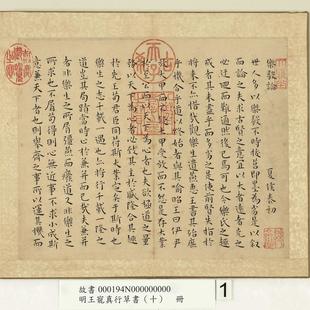
 王宠
王宠

